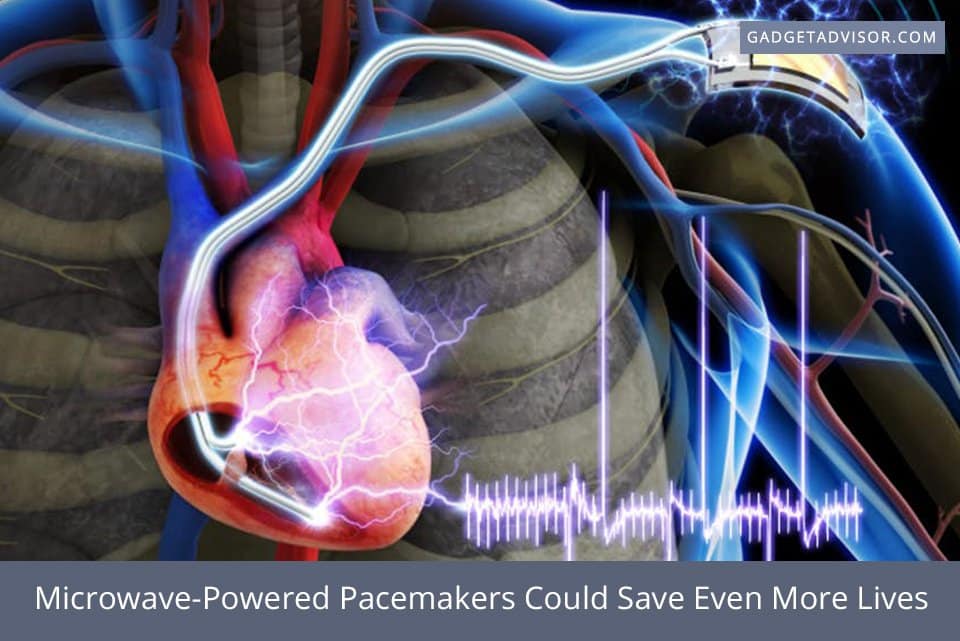There is no question that since its introduction in 1932, the pacemaker has helped save the lives of countless heart patients. Albert Hyman, along with his engineer brother, designed the first “artificial pacemaker”, which consisted of a needle that was inserted into the heart delivering electricity generated by an external hand crank. Obviously this was not a permanent accommodation, but it at least got the patient’s heart beating and allowed them to see another day (or another heart attack). You can read about Hyman and his pacemaker here.
Some years later, the pacemaker was updated and made small enough to be placed inside patients. This was a great innovation, allowing doctors to monitor heart activity and the pacemaker to deliver electricity as needed when the patient’s heart wasn’t beating the way it should. While this was great progress, these pacemakers relied on wires or batteries to function, and those batteries needed to be replaced from time to time. This involved surgery and, every time, risk of bleeding or infection.
So yet again, someone came up with a better version of the life-saving device. This new pacemaker is smaller than a dime and can be implanted directly in or next to the heart. It has no batteries and no wires, making it a permanent fixture of the body that does not need to be adjusted physically in any way. This means that unless there are complications, only one surgery is necessary. No further invasive procedures are required.
Here is how it works: a battery is needed for the pacemaker to function as it should, but this battery is external. The battery pack sends microwaves to the pacemaker, allowing it to disperse electricity as needed. The device can also be adjusted by doctors externally to augment or reduce the pacing of the signals sent to the pacemaker through the battery pack.
The experiments with this new pacemaker seem promising. Its creator, Aydin Babakhani, and his team, will be introducing it at the IEEE’s International Microwave Symposium (IMS) in Honolulu from June 4 to June 9. If this new pacemaker half as efficient as it is said to be, its approval and introduction in the world of medicine could mean the difference between life and death for a multitude of heart patients. At the very least, it will make life easier for anyone who needs a pacemaker to keep their heart going.

